January 27, 2017
Flexible hours is main reason self-employed are happier than traditional workers 0
 Flexible working hours and being their own boss makes the UK’s self-employed much happier than those in traditional employment a new survey claims. According to the latest set of findings from the ‘Definitive Study of the Self-Employed,’ commissioned by Intuit QuickBooks, the self-employed generated mean annual revenues of £32,623 (£5,000 more than the average UK salary), despite working 10 hours less per week. Of those who have been a salaried worker, two thirds (66 percent) claim to be financially better off or the same and 65 percent also feel better off in terms of ‘life satisfaction’. When the research considered nuanced reasons for choosing to work for oneself ;control of schedule (77 percent), more flexibility to work to one’s own terms (68 percent) and liking being one’s own boss (65 percent) were leading reasons, with not worrying about workplace politics (47 percent) also regularly referenced.
Flexible working hours and being their own boss makes the UK’s self-employed much happier than those in traditional employment a new survey claims. According to the latest set of findings from the ‘Definitive Study of the Self-Employed,’ commissioned by Intuit QuickBooks, the self-employed generated mean annual revenues of £32,623 (£5,000 more than the average UK salary), despite working 10 hours less per week. Of those who have been a salaried worker, two thirds (66 percent) claim to be financially better off or the same and 65 percent also feel better off in terms of ‘life satisfaction’. When the research considered nuanced reasons for choosing to work for oneself ;control of schedule (77 percent), more flexibility to work to one’s own terms (68 percent) and liking being one’s own boss (65 percent) were leading reasons, with not worrying about workplace politics (47 percent) also regularly referenced.




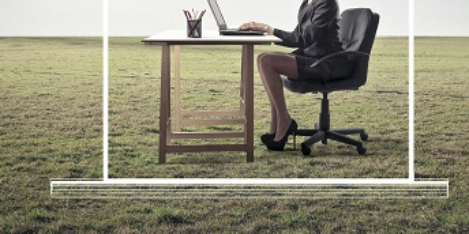
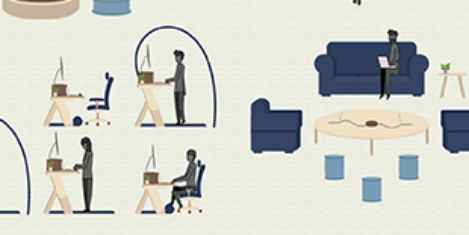
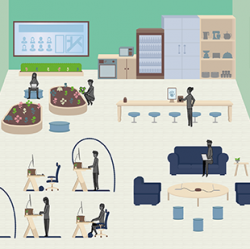

 Amos Tversky and Daniel Kahneman introduced the concept of Loss Aversion in 1984, highlighting people’s tendency to strongly prefer avoiding losses to acquiring gains. Most studies suggest that losses are twice as powerful, psychologically, as gains. Lose £100 and we will feel a remorse that easily outweighs winning £100. In a similar fashion we find it very hard to see future positives when confronted with short term loses. We understand easily what we have lost but cannot imagine what there is to be gained. Furthermore, as Frederic Bastiat wrote in an 1850 paper, “That Which is Seen, and That Which is Not Seen”, man has a tendency to “pursue a small present good, which will be followed by a great evil to come, rather than a great good to come, at the risk of a small present evil”. Put these together and it is no wonder that, by and large, the future of work, corporate real estate and the workplace is so widely misunderstood.
Amos Tversky and Daniel Kahneman introduced the concept of Loss Aversion in 1984, highlighting people’s tendency to strongly prefer avoiding losses to acquiring gains. Most studies suggest that losses are twice as powerful, psychologically, as gains. Lose £100 and we will feel a remorse that easily outweighs winning £100. In a similar fashion we find it very hard to see future positives when confronted with short term loses. We understand easily what we have lost but cannot imagine what there is to be gained. Furthermore, as Frederic Bastiat wrote in an 1850 paper, “That Which is Seen, and That Which is Not Seen”, man has a tendency to “pursue a small present good, which will be followed by a great evil to come, rather than a great good to come, at the risk of a small present evil”. Put these together and it is no wonder that, by and large, the future of work, corporate real estate and the workplace is so widely misunderstood.





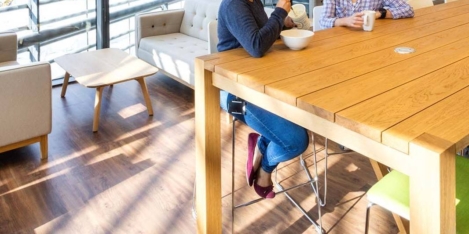

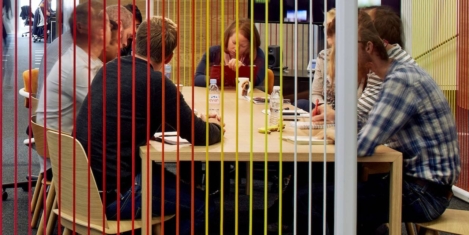
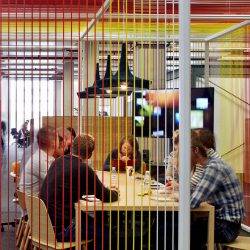
















January 20, 2017
The facts about sit stand work are already lost in the stream of narrative 0
by Mark Eltringham • Comment, Knowledge, Wellbeing, Workplace design
More →